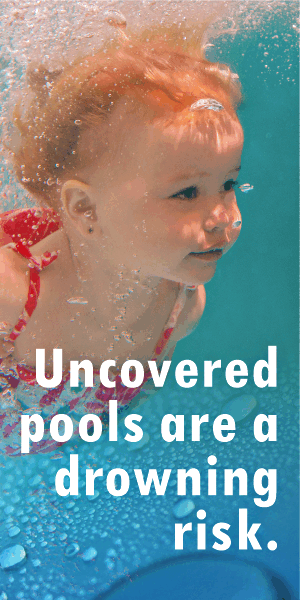
Millennial parents understand the need for life insurance
Let’s be honest, millennials continue to and already have changed the world for the better. Those born between roughly around 1981 to 1996 are brilliant, savvy and hard-working people who encourage and challenge and force change for the better at a level that past generations could never do. They are more connected, grew up with easy access to information and care more about social justice. They invest their money into the environment, women’s rights, charity and everything else that they want to help. And they do all of this in contradiction to the spend, spend, spend of older generations that transitioned into higher debt & higher costs of living. But where does life insurance fit in? Because millennials are more connected, care more about world and other social issues and injustices than previous generations, life insurance is the perfect product for this generation. They are perfectly positioned to understand that this is quite literally the most selfless and smart thing they can do. Think of it this way. Your house or your investment portfolio isn’t really your biggest asset. Your brain and what you can do with it to earn a living, is. If anything happens to you, those who depend on you need to be taken care of. When you take out a policy on your life, you’re protecting your family who need your ability to earn a living to look after them after you’re not there. It’s not exactly something we’d chat about casually. But it should be as it is a reality everyone on this planet faces. But here’s the challenging part. Access to information in the age of the internet has become fast, simple and painless. Just look at the ease of access to information (good or bad quality) on Facebook and Instagram. Or how easy it is to get services as provided by Uber for lifts and AirBnB for accommodation. However, the life insurance industry hasn’t kept up with the times at all as is still being perceived as this dinosaur service with no place in this digital world. And because of this, most people don’t really understand life insurance and have HUGE misconceptions about it. But the truth is also that the quality of much of the life insurance content available on the internet is disorganized, fragmented and let’s face it, not sexy at all. Millennial parents feel obligated to speak with a professional to get their basics in place as there are so many nuances in life insurance offerings that it’s really daunting to expect to educate yourself online. And personally, I’d rather spend time researching the latest camping gear or travel specials than trying to understand life insurance. The amount and type of life insurance you need for your unique family set-up isn’t going to present itself to you out of the blue. You either need to put some elbow-grease in it yourself or ask a professional (which in most cases is paid commission and therefore don’t trust to give us the right information for our unique set-up). And that’s another problem. Millennials are used to teaching themselves everything they need to know about stuff they’re going to buy. They don’t want to be cold-called or emailed. NO CALL CENTRES PLEASE! Seriously: try selling a millennial anything second hand. Forget about it. They’ve already spent hours doing their homework on the internet and speaking to friends and family. But because education on life insurance has lagged behind so much, most millennials can’t access or learn about life insurance fast enough. Or the topic is just not interesting enough. And we at Hero Life get it! If millennial parents can’t educate themselves, they know they’re going to have to trust professionals. Unfortunately, full transparency hasn’t always been the norm in the life insurance industry. It’s not unfair to say that some members of this professional industry charged higher than necessary fees on the products they were selling or may have sold products that gave the professional the best commission instead of the product that best suited the need of their client. Inevitably, mistrust built up quickly. Unsurprisingly, it usually takes us more than a quick chat to convince clients that we are not taking advantage of them and that we are truly passionate about helping young parents to help themselves. And that we are there to help them do something amazing for their family and to protect their loved ones’ future. There is still a huge need for young people to have insurance. And especially if they have kids. Your family need to be taken care of if anything were to happen to you. And even cover provided by your employer is not always enough.. The good news is that more millennial parents are becoming more responsible and therefore more life insurance-conscious. One study claims that more young people are beginning to say that life insurance benefits are somewhat or very important (85%). This could be because more millennials are now hitting their 30s and starting families. According to the study, interest in long-term care insurance, in particular, has grown among millennials. It’s not that complicated or scary for millenial parents once they start talking with the right people and when they can get the right educational content in front of them. This is why we are excited about Hero Life. We believe we are tailor-made for millennial parents who want to understand the financial basics they need to put in place. We are passionate about empowering young parents as we offer a free online Will, help you to start saving for your kids’ education and offer life insurance. Visit us at Hero Life and chat with us on Whatsapp by clicking this link. Hero Life is an MMI Group initiative, and underwritten by Guardrisk Life Limited (Reg no 1999/013922/06), an authorised Financial Services Provider (FSP license number 76).

































